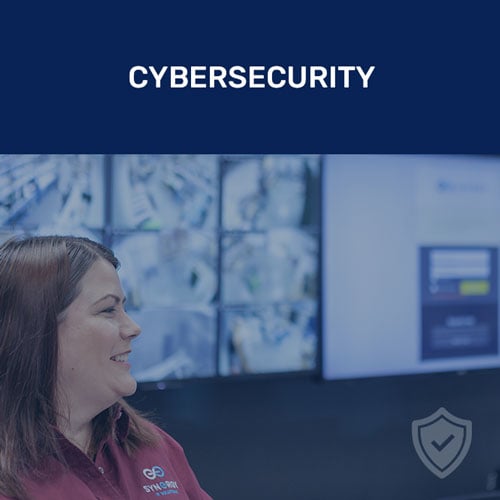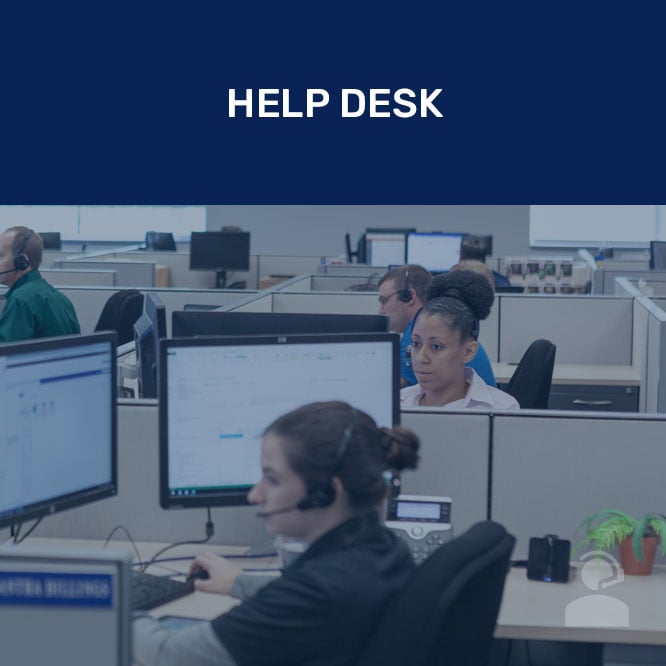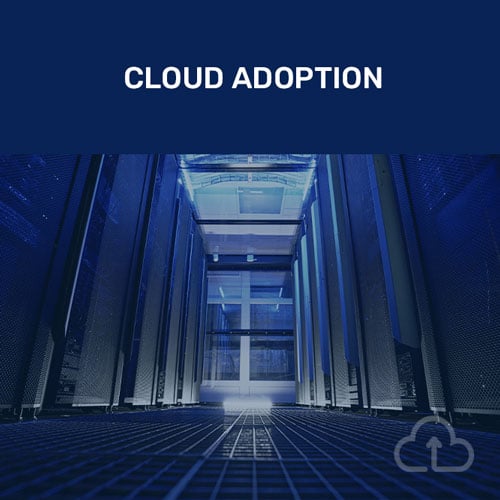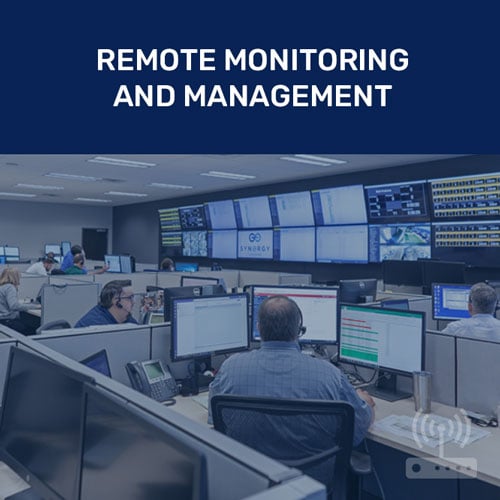Powering Your Business Technology
At Synergy, we believe strong partnerships produce exceptional outcomes and creative minds inspire great solutions.
Synergy's Full Range of Services
We know how complicated IT decisions can be. That’s why we’ve spent years developing our approach to Managed IT Services. Our integrated approach to IT Management lets you rest easy knowing we’ve got your back.
In the current business climate, you need to partner with a Professional Services team you can trust. Our IT Advisors are dedicated to giving you the tools and expertise you need to maximize your investment and minimize your risk.
Our Proven Methodology

ASSESS & DISCOVER
In our eyes, every client is unique. That is why we make it our business to understand your business.

PLAN & DESIGN
The devil is in the details. We partner with you to build a technology roadmap for today and tomorrow.

IMPLEMENT & TEST
This is where the rubber meets the road. Our team has the expertise and experience to bring your plans to life.

SERVICE & SUPPORT
We're with you through thick and thin. Help Desk and Remote IT Support Professionals are second to none
Our Comprehensive Solutions
-

Our suite of security
solutions have been
designed to meet
essential requirements
at the base level and
can be enhanced to
increase your level of
defense.
-
 Remote work is
Remote work is
becoming more the
rule than the exception
and we've got the
knowledge and
experience to help you
embrace the new
world of work.
-
 Productivity solutions
Productivity solutions
can transform the way
your employees work.
Let our experts teach
your team best
practices for getting
things done.
-
 Addressing support
Addressing support
requests can weigh
down your team's
productivity. Let us
serve as the first line
of defense for everyday
tech support issues.
-
 A cloud migration,
A cloud migration,
management & storage
strategy is a must to
compete in today's
market. Let us show
you how to get there.
-
 Our preventative
Our preventative
network monitoring
gives you critical
insights into potential
threats.
Our Partners






















Testimonials
“As a long time technology solutions provider, we leverage the team at Synergy for hardware sales and support, solution design and engineering services. Their experience in the Health and Human Services market and array of Managed IT services makes Synergy a valuable partner.”
“Synergy IT Solutions was great to work with on our Microsoft Exchange Server migration project. With their help, guidance, and expertise, this seemingly daunting task was handled effectively and efficiently. Synergy makes customer service a valued aspect during the project life cycle.”
“We rely on Synergy for their assistance and guidance with our hardware renewals. Jim Sincebaugh brings the right resources to the discussion to help us identify the best solution to meet our needs."